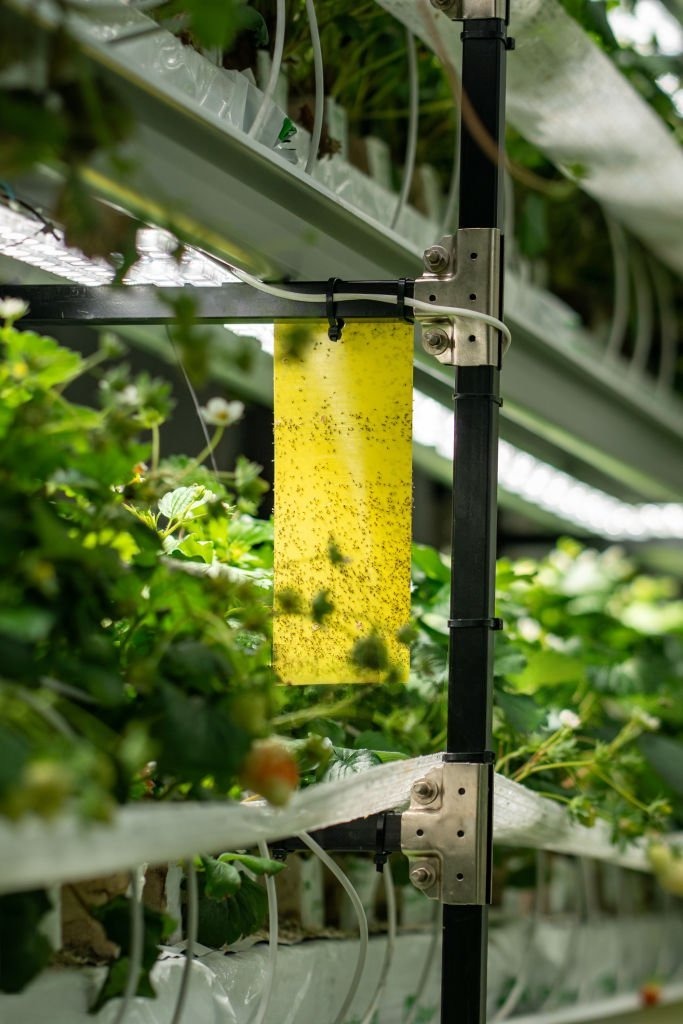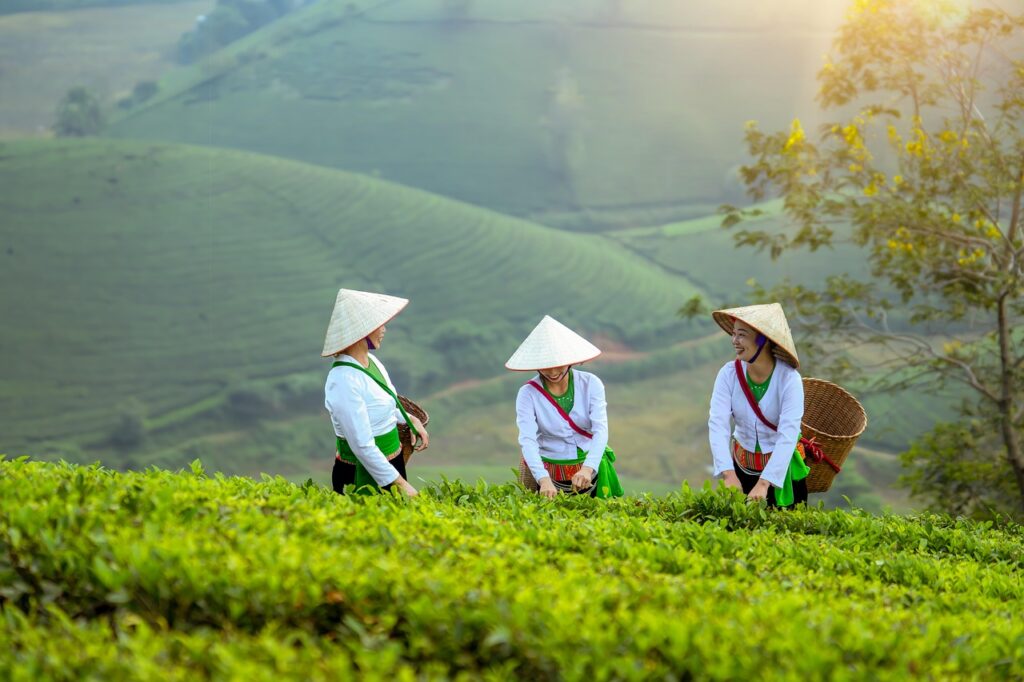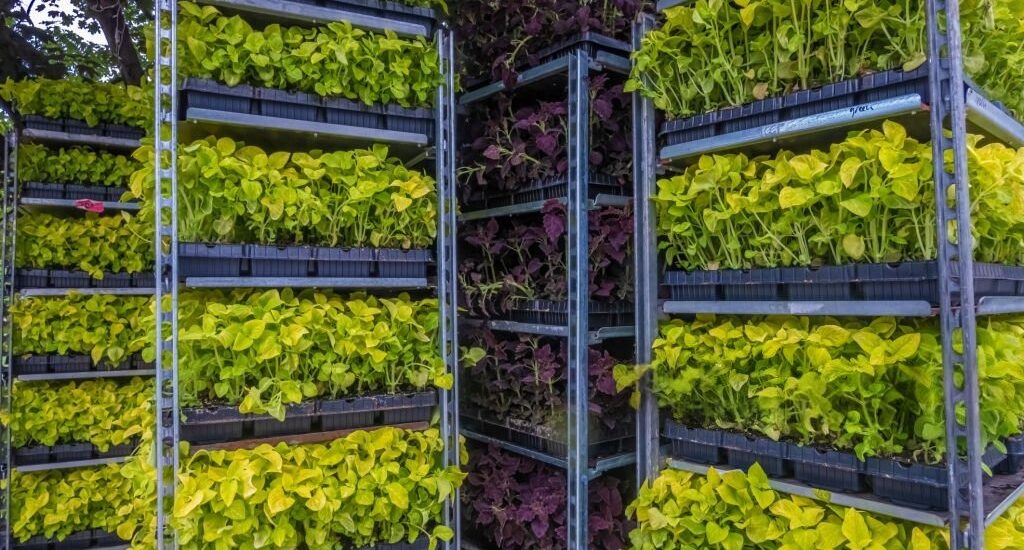Exploring the sustainable agriculture trends reshaping what — and how — we eat.
Food is at the heart of human survival, culture, and community.
Yet the way we grow, distribute, and consume food today is one of the biggest drivers of climate change, water scarcity, deforestation, and biodiversity loss.
As the global population heads toward 10 billion by 2050, the question looms large:
How will we feed the future — without breaking the planet?
Around the world, innovators, farmers, scientists, and entrepreneurs are answering this question with bold, local, and sustainable solutions. From hyper-local vertical farms to protein made from crickets, the food system of the future is already taking shape.
Here are five of the most promising (and thought-provoking) trends leading the shift.
🌇 1. Vertical Farming: Growing Upward, Not Outward
In cities from Tokyo to Lagos, vertical farming is redefining what agriculture looks like. These are soil-less, climate-controlled farms where crops are stacked in shelves and grown with LED lighting, often inside containers or repurposed buildings.
Why it matters:
✅ Uses up to 95% less water
✅ Requires no pesticides
✅ Reduces transport emissions by growing food where it’s eaten
✅ Offers year-round yields regardless of weather
Examples:
- AeroFarms in the U.S. grows leafy greens in converted warehouses.
- Vertical Future in the UK powers its systems with AI and renewable energy.
- In Nairobi, startups are building solar-powered container farms on school grounds.

🐜 2. Insect Protein: Tiny Creatures, Big Potential
Crickets, mealworms, and black soldier flies are being farmed as sustainable protein sources — both for human food and animal feed.
Why it matters:
✅ Insects require a fraction of the land, water, and feed of traditional livestock
✅ High in protein, fiber, and micronutrients
✅ Generate far fewer emissions than cattle or poultry
✅ Can thrive on food waste, closing loops in circular food systems
Examples:
- In Thailand and Kenya, insect farms are scaling up production of cricket flour.
- Startups like Aspire Food Group (Canada/Ghana) are industrializing insect farming for global markets.
- In Nigeria, innovators use black soldier flies to upcycle food waste into protein-rich feed.

🌱 3. Regenerative Agriculture: Farming That Heals the Soil
Unlike conventional agriculture, which depletes the land, regenerative agriculture works with nature to rebuild soil health, biodiversity, and resilience.
It includes practices like:
- Minimal tilling
- Cover cropping
- Rotational grazing
- Composting and agroforestry
Why it matters:
✅ Boosts soil carbon and fertility
✅ Improves water retention and drought resilience
✅ Restores ecosystems while feeding people
✅ Supports smallholder farmers and Indigenous knowledge
Examples:
- In India, “natural farming” movements are reviving traditional, low-input systems.
- In Brazil, farmers are integrating trees with crops and cattle.
- Across Africa, climate-smart villages use regenerative methods to combat desertification.

🧪 4. Lab-Grown Meat: Real Meat Without the Animal
Cultivated meat is made by growing animal cells in bioreactors — eliminating the need to raise or slaughter animals.
Why it matters:
✅ Uses up to 96% less water and 99% less land
✅ No antibiotics or deforestation
✅ Could drastically reduce methane emissions from livestock
✅ Offers a scalable alternative to traditional meat as global demand rises
Examples:
- Companies like Upside Foods, Mosa Meat, and Shiok Meats are at the forefront.
- Regulatory approvals have begun in the U.S. and Singapore.
- Research hubs in South Africa and Israel are working on culturally tailored meat alternatives.
🌿 5. Indigenous and Local Food Systems: Wisdom Worth Reviving
Sustainability isn’t only about innovation — it’s also about preservation.
Around the world, Indigenous food systems offer time-tested practices that conserve biodiversity, respect ecosystems, and feed communities locally.
Why it matters:
✅ Center stewardship over extraction
✅ Rely on diverse, climate-adapted crops
✅ Encourage seasonal, low-waste consumption
✅ Reinforce cultural identity and food sovereignty
Examples:
- In the Andes, ancient quinoa varieties are being revived.
- Maasai pastoralists manage livestock across fragile ecosystems with minimal impact.
- Pacific Island communities use agroecological techniques on coral atolls.

🌍 The Future is Diverse — and Decentralized
There’s no one-size-fits-all solution to feeding a warming, growing world. But one thing is clear: business as usual isn’t sustainable.
To truly transform food systems, we must combine:
- Innovation with tradition
- Global ambition with local context
- Efficiency with equity
The future of food isn’t just about what’s on our plates.
It’s about who controls it, how it’s grown, and whether it nourishes both people and the planet.







